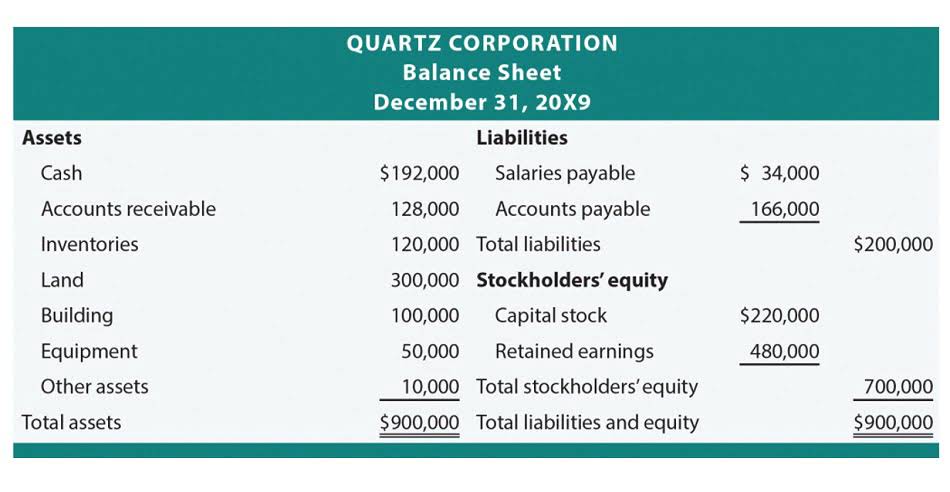

By the end, you’ll have a clearer understanding of how net pay is calculated and what it means for you as an employer. State and local income taxes vary by state and locality. Net pay is which of the following equations calculates net pay? the take-home pay an employee receives after you withhold payroll deductions. You can find net pay by subtracting deductions from gross pay. Finally, an integrated payroll system is a game changer when it comes to calculating net pay. Net pay, on the other hand, is the amount an employee actually takes home after all gross pay deductions.
- We’ll explain the difference between gross pay and net pay, go over the deductions that impact the final amount, and show you how everything fits together.
- Keep in mind that there is a Social Security wage base and additional Medicare tax, if applicable.
- Do not deduct anything from Pam’s gross pay for local income taxes.
- It also automatically applies the correct tax rates, deductions, and benefits, so you don’t have to worry about manually calculating everything.
- If an employee has a post-tax deduction, withhold the amount after you’ve figured out their taxable income.
- These deductions can have a big impact on their net pay, so it’s crucial to get them right.
- Net pay, or take-home pay, is what an employee gets after taxes and deductions are taken out of their gross pay.
Stay up to date on the latest payroll tips and training
- Deductions include federal and state income taxes, Social Security, and Medicare taxes.
- Unless you gross-up an employee’s wages, gross pay is usually the “sticker price” you offer.
- Others, like California and New York, have progressive rates based on income levels.
- For commission-based workers, the commission earned during the pay period is added to their base salary or hourly earnings.
- This means the employee pays less in taxes, which can be a benefit to both the employer and the employee.
- Examples of post-tax deductions include Roth retirement plans and wage garnishments.
- Of this 7.65%, 6.2% goes toward Social Security tax and 1.45% goes toward Medicare tax.
Do not deduct anything from Pam’s gross pay for local income taxes. Pam has a 2024 Form W-4 on file and uses the standard withholding. So to find federal income tax withholding, use the wage bracket method https://www.bookstime.com/articles/bookkeeping-for-landscaping-business tables for manual payroll systems with Forms W-4 from 2020 or later in Publication 15-T. Her wages are subject to federal income, FICA, and state income tax. If you’ve worked extra hours, that pay is added to your gross earnings before taxes and deductions.

Does net pay include overtime?
At this point, you’ve calculated gross pay, mandatory deductions, and voluntary deductions. You also need to factor in any adjustments or additions that can either increase or decrease the final net pay. These can include things like commissions, reimbursements, wage garnishments, or corrections from previous pay periods. Voluntary deductions can be pre-tax or post-tax, and this has an impact on net pay. Pre-tax deductions, like contributions to retirement savings or health savings accounts (HSAs), reduce the employee’s taxable income. This means the employee pays less in taxes, which can be a benefit to both the employer and the employee.
What is gross pay?

Using the formula to calculate net pay, determine the employee’s net pay. To determine how much of Pam’s paycheck goes toward FICA tax, multiply her wages after the pre-tax health deduction ($750) by 7.65%. Determining tax withholding requires some extra calculations and work. Some taxes are flat rates while others use tax tables. Compensation Planning Software reduces errors and improves accuracy in pay calculations. It simplifies managing compensation reviews, easily imports data from various systems, and integrates smoothly with payroll.

Step 2: Understand and Apply Mandatory Deductions

Health benefits are exempt from Social Security, Medicare, and income tax withholding. To calculate net from gross, you must withhold deductions each pay period. And, some deductions are mandatory while others are voluntary. Gross pay, also known as total earnings, refers to the total amount of money earned before any deductions are made. The main difference between gross pay and net pay is the amount of taxes and deductions that are withheld. We’ll explain the difference between gross pay and net pay, go over the deductions that impact the final amount, and show you how everything fits together.
How is Net Pay Calculated? Definition, Formula and FAQs
After all, you want to run an accurate and legal payroll fixed assets to avoid penalties and fees, and part of that requires you to know the gross-to-net calculation.
